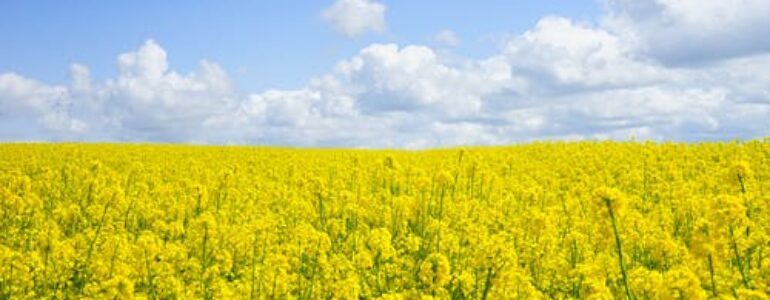The key to organic gardeners growing unusual fruits and vegetables, abundant flowers, and long-lasting ornamental and tree species is to make sure the soil is full of nutrients and humus. Organic gardening is focused on the full potential and fertility of the ground rather than fertilizers.
Like all gardeners, it must begin at some point. Certain nutrients in your soil could be deficient. It might be challenging to plant your soil’s structure. Its ph level could be too high or too low.
Different Organic Fertilizers
You can use a variety of specialized organic fertilizers to experiment with the fertilization method specifically designed for your plants. Different blends can be made to meet the requirements of your plants. Here are a few examples of common fertilizers.
Dry Organic Fertilizers
Dry organic fertilizers can comprise one ingredient (rock phosphate, Kelp) or a variety of. The majority of organic fertilizers contain a broad range of nutrients. However, blends are specifically designed to supply the proper quantities of micronutrients, such as nitrogen, potassium, and phosphorus. Although commercial combinations are accessible, you can create your fertilizer for general use by combining the individual nutrients.
Broadcasting dry fertilizer onto the soil before hoeing or raking up the top of the ground four to six inches of soil is the most effective method. You can apply tiny amounts of fertilizer to the rows or planting holes when planting seeds or transplanting. In the spring and summer, side-dressing dry fertilizers within rows of crops or beneath the drip line of shrubs or trees will help increase plants’ growth. You can find information on some fertilizer companies in their “Our branding” section.
Liquid Organic Fertilizers
Plants can absorb liquid fertilizers through both their leaf and root pores. If nutrients are insufficient or are not present in the soil, or when roots are stressed, foliar nutrition can help. It is notably helpful in encouraging the growth of fast-growing plants like vegetables in the growing season.
You can apply liquid fertilizers to give your plants a modest nutritional boost. You can also nibble them every month or every two weeks throughout the growing season. Sprays for foliage can be helpful for fruiting and flowering plants in critical seasons like extreme temperatures or drought. When you use liquid fertilizers, be sure to adhere to all instructions on the label regarding dilution and application. Fertilizer for farming is sometimes different from fertilizer for gardens.
Growth Enhancers
Growth enhancers are compounds that aid in the absorption of nutrients into the soil by plants. Kelp is a product that farmers have been using for centuries and is the most popular growth booster. It is safe and has 60 trace elements that plants need in small quantities. It also contains hormones and enzymes that promote growth.
When administering growth enhancers as a foliar spray, follow the directions to spray fertilizers in liquid form. You can also apply kelp extract or meal directly onto the soil. Some farming nutrition experts will be capable of helping you obtain the best results in your farming or gardening.
Conclusion
As gardeners, we want to do our best to help our plants, and we do not want to see them starving. Many garden soils are lacking in nutrients. This can cause plants not to reach their maximum potential. To maintain soil fertility and health, compost, as well as other organic matter, is vital. Fertilizers are crucial to supplying plants with readily available nutrients to ensure their health.
Various types of plants need different levels of nutrients, nor do they need all of them simultaneously. Understanding the various types of fertilizers and how to apply them is essential to the success of your plants.









